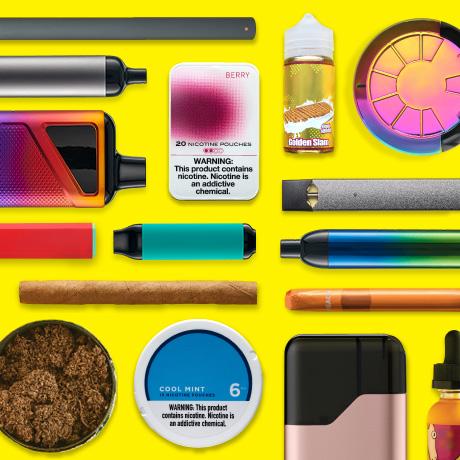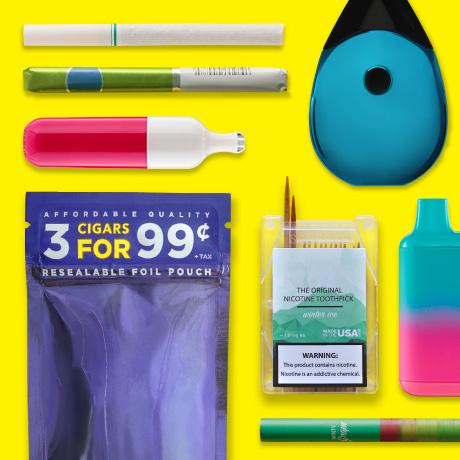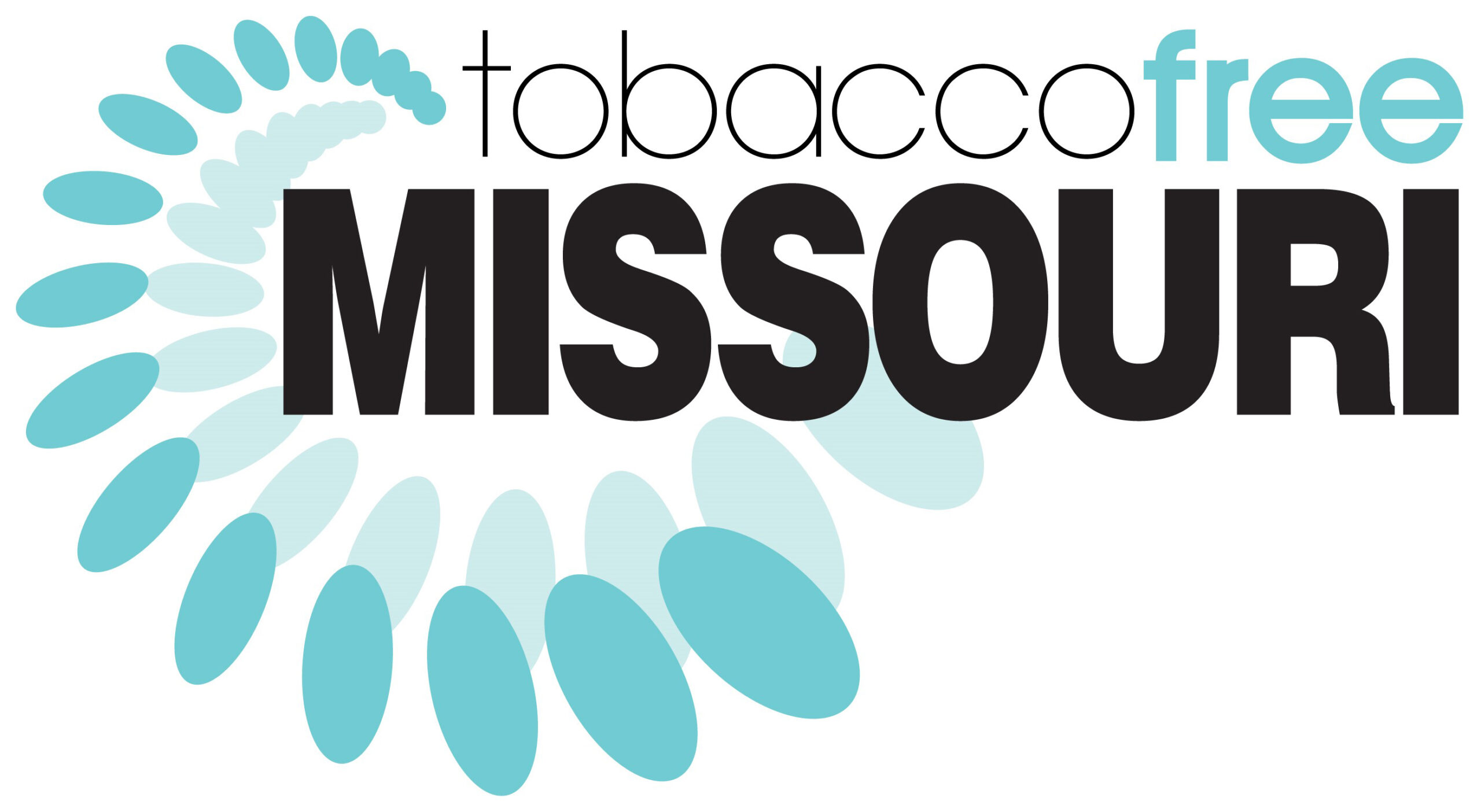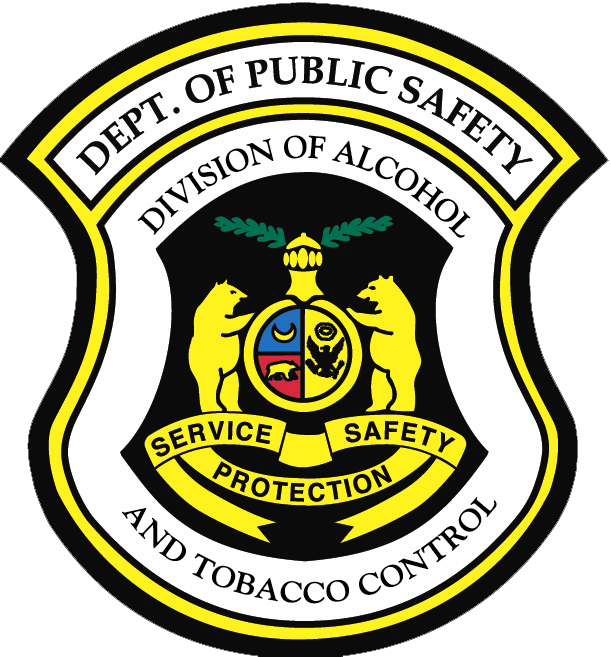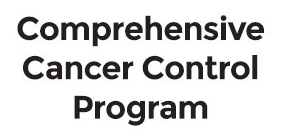Meet the next generation of addictive tobacco products
Electronic cigarettes, little cigars, smokeless products, sweet candy flavors, and new products designed to hide addiction in plain sight. The next generation of dangerous and deceptive tobacco products is here and doesn’t look anything like a pack of cigarettes.
Tobacco is developing new products and tactics so fast, it’s tough for parents to recognize tobacco when they see it, and even tougher to talk to your kids about the terrible damage tobacco products can do. But that can change right here. It has to. Because the tobacco industry has already found ways to get around restrictions that banned a few flavored tobacco products and made it illegal to sell tobacco to anyone under 21. Tobacco is changing, faster than ever, parents. Let us help you keep up.
Share these Fast Facts about tobacco
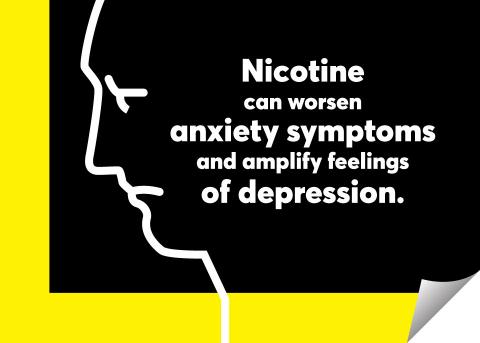
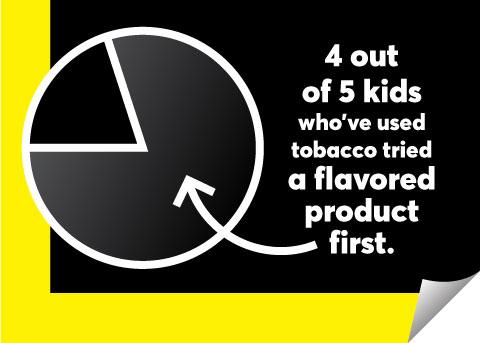
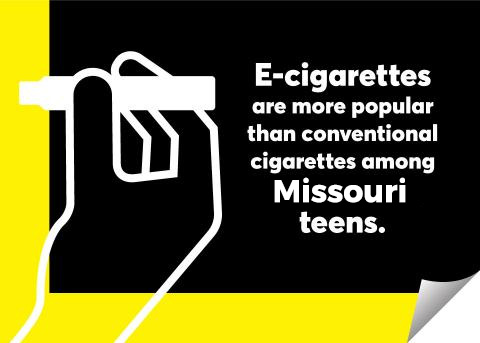
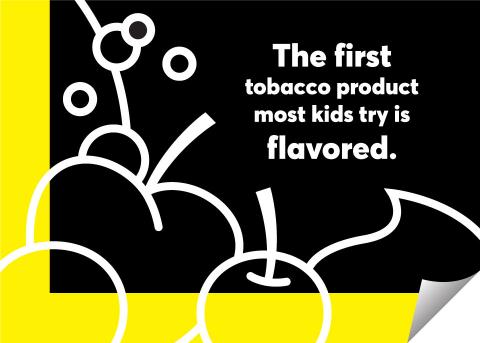
Our teens are stressed.
Nicotine makes it worse.
The stress Missouri teens feel is real. Around 70% of teens say mental health issues like anxiety and depression are a major problem for young people their age. They’re struggling to cope—and often turn to vapes and other addictive nicotine products that pretend to be “stress relievers” for help. That’s a real problem, because studies shows that nicotine can actually make anxiety and depression worse. When teens vape, they stress more—so they vape more. It’s a dangerous loop that damages their mental health and can leave our kids with a lifelong addiction.
Take the next step
Get to know the new face of tobacco. Being informed, and getting involved, can help your kids stay healthy and tobacco-free.
Resources for Educators
School plays a huge role in young people’s lives, and that means teachers can have a huge impact on underage tobacco use. Find tips and tools for talking to students, updating your school’s tobacco policies, cessation policies, and more.
The costs of menthol
Research shows the minty-flavor of menthol makes tobacco more appealing to youth, easier to use, and tougher to quit. It’s also one of the main tactics the tobacco industry has historically used to target young people and communities of color.

